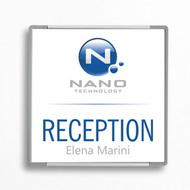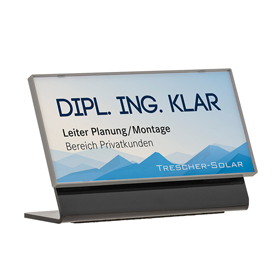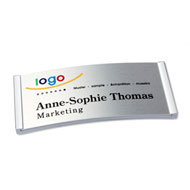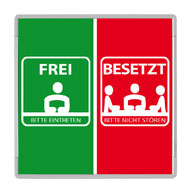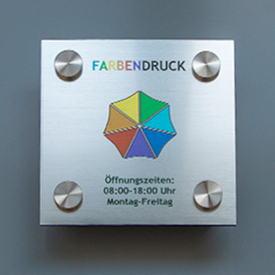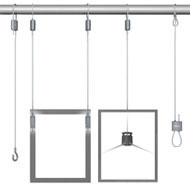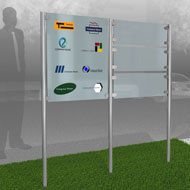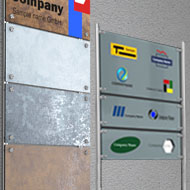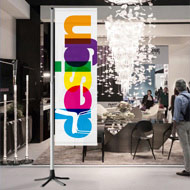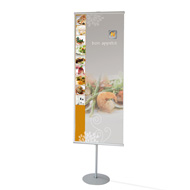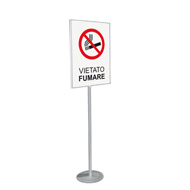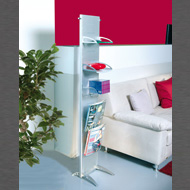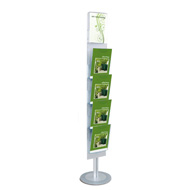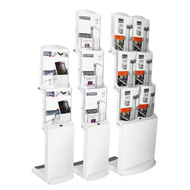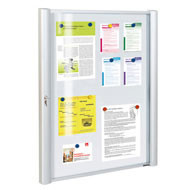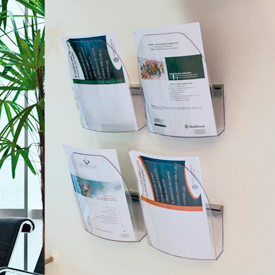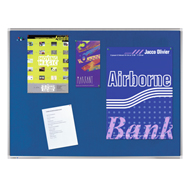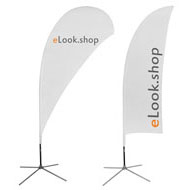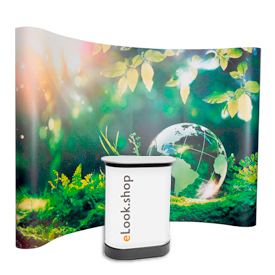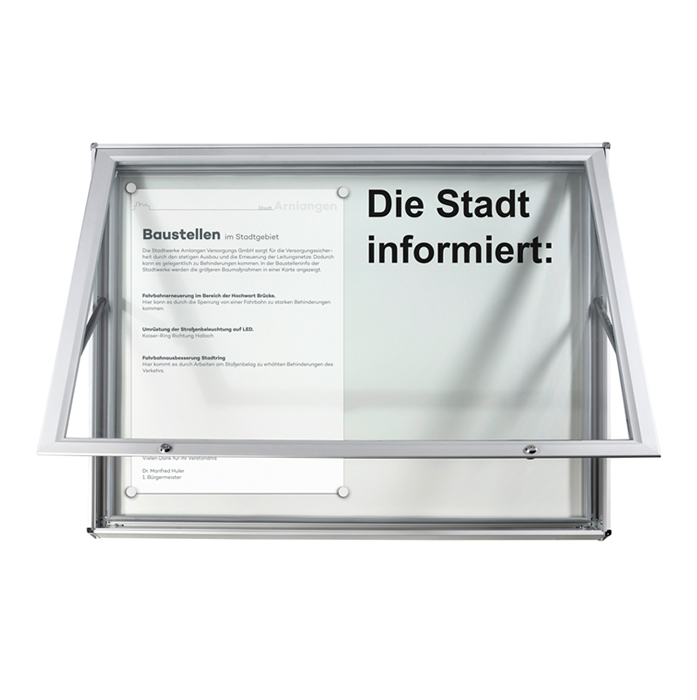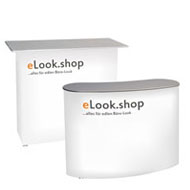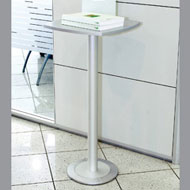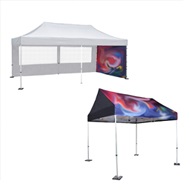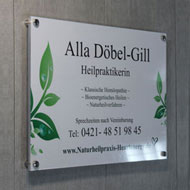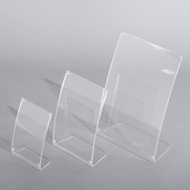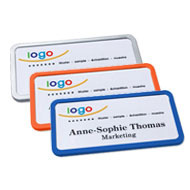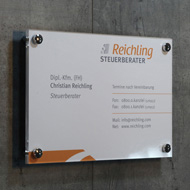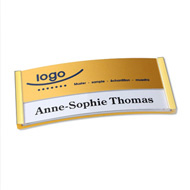Which materials for printing and labeling are sustainable?
Saturday, March 1, 2025
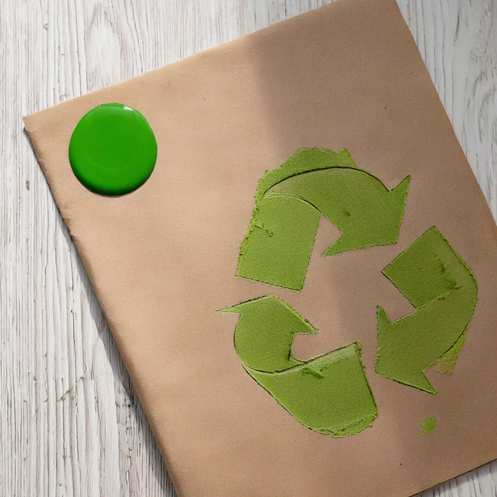 Sustainability is playing an increasingly important role in the printing and labeling industry. Companies and consumers are looking for environmentally friendly alternatives to conventional materials in order to conserve resources and reduce environmental impact. But which materials are particularly suitable for sustainable printing and labeling? In this article we will introduce you to various environmentally friendly alternatives.
Sustainability is playing an increasingly important role in the printing and labeling industry. Companies and consumers are looking for environmentally friendly alternatives to conventional materials in order to conserve resources and reduce environmental impact. But which materials are particularly suitable for sustainable printing and labeling? In this article we will introduce you to various environmentally friendly alternatives.Sustainable paper alternatives
✔
Recycled paper is made from recycled paper fibers. An undisputed advantage is that resources are saved in the production of recycled paper: less fresh wood and less waste. In addition, less water and energy is used than when producing virgin fiber paper. And it is available in different grammages and surfaces. The disadvantage is that recycled paper can have a slightly grayish color and is not suitable for all high-quality printing needs.✔
Grass and hemp papers are innovative alternatives to conventional paper. They consist entirely or partially of rapidly renewable raw materials such as grass or hemp fibers and have a very good ecological balance. Such paper is more sustainable than wood paper, as grass and hemp grow back more quickly, and has high-quality printing properties. It requires less water and chemicals to produce, but is more expensive to produce than recycled paper and is not yet available everywhere.Environmentally friendly printing inks
✔
Vegetable oil-based printing inks use renewable raw materials such as soy, linseed or rapeseed oil, in contrast to conventional printing inks, which often contain environmentally harmful petroleum components. Vegetable oil-based printing inks contain fewer fossil raw materials, are biodegradable and have an equivalent print quality to conventional inks. A disadvantage is that the drying time can be extended. In addition, vegetable oil inks are not suitable for all printing processes.✔
Water-based inks do not contain any solvents or toxic chemicals and are therefore lower in emissions and less harmful to health. They are more environmentally friendly than solvent-based inks and are an excellent alternative for lettering and printing, especially in digital printing and packaging. However, like vegetable oil paints, they dry more slowly than solvent-based paints and can be less smudge-proof on some materials.Sustainable materials for labels
✔
There are biodegradable films made of PLA (polylactide) or other bio-based plastics for signs, labels and advertising signs. They represent an environmentally friendly alternative to conventional PVC films. Biodegradable films are made from renewable raw materials and are degradable under certain conditions. Degradability is often only possible under industrial conditions. These films have good printing and adhesive properties, but are not as durable as PVC.✔
Paper-based labels are a sustainable and more environmentally friendly alternative to plastic labels, especially if they are made from recycled paper or FSC-certified sources. They are easily recyclable and offer a variety of design options. However, paper labels are less weatherproof than plastic labels and can be damaged in strong moisture.Conclusion
There are many sustainable alternatives for printing and labeling that help reduce environmental impact. Some offer resource-saving alternatives to conventional materials, others do not contain harmful chemicals. The third ones are biodegradable, making them an environmentally friendly choice for labels.Depending on the application, companies and consumers should carefully consider which sustainable materials are most suitable. Making the right choice not only protects the environment, but also sets a positive example for more sustainability.
